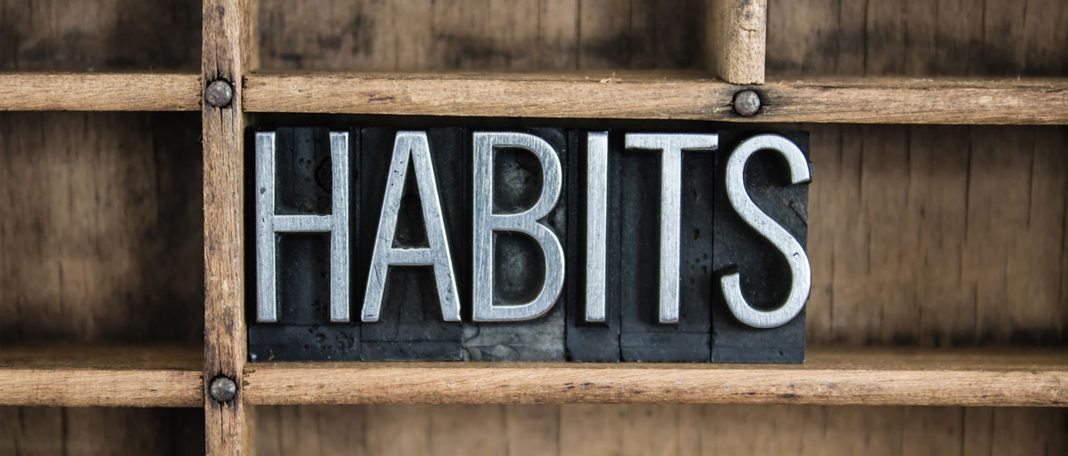Did you know? It takes 60 days to change or adapt to a new habit. Habit is a process in which our brain converts a set of actions into an automatic routine. It is also known as ‘chunking,’ and this process is the root of how habits form. Whether you believe it or not, many of the daily activities you have been performing are due to habits. They are automatic behaviors that you do without thinking. If you are the one who wants to quit bad habits and start a great one, psychologists have easy tips. Read the complete blog to learn about habit formation and the science of teaching.
What Is a Habit?
Habits are like rituals or routines that are unconsciously done. Then they turned automatic or natural. Psychologically, any regular repeated behavior or activities which require no thought and are learned rather than natural is called habit. Habits can be any form of activity such as sleeping, reading, or eating. Habits can be called shortcuts. After doing it repeatedly you begin to do the same activity swiftly without thinking. It became automatic, according to behavioral scientist Katy Milkman of the University of Pennsylvania.
If you are well-versed in the science behind the habit, you may change or start a new habit easily.
Why Do Habits Emerge?
According to scientists, habits emerge due to the brain constantly searching for ways to save effort. The brain tries its best to make almost every routine into a habit as it permits the mind to ramp down more frequently. An efficient brain can allow you to stop thinking constantly about your regular routine.
The Habit Loop
Habits are activities or actions that are often triggered by cues. This includes the time of day, allocation, or activity. They create feel-good rewards, with repetition, creating a link between the cue and the reward accordingly in the brain. Psychologists at the Massachusetts Institute of Technology (MIT) created a breathtaking discovery in 1999 regarding the cue-routine-reward feedback loop. Later, journalist Charles Duhigg coined “the habit loop” in his famous book “The Power of Habit.”
How Does Habit Loop Work?
If you are wondering what stages of science habits are, you have landed at the right place.
Cue– People experience a trigger or stimulus. It can be smelling a specific smell, being in a particular place, seeing certain people, or feeling a kind of emotion and others.
Craving– As a result of stimulus a particular desire you may see as a reward. It motivates you to perform it.
Response– When you are involved in behaviors, actions, or thoughts that lead you to get that outcome.
Reward– Due to certain actions, the outcome occurs and you feel it as a sense of reward, which is satisfying your craving. The relief or pleasure you dell supports the cue. It makes the cue to be even better at triggering cravings next time.
Example
Cue- When your mobile buzzes with a new text message
Craving- You want to see what the text message is
Response- Then you grab the mobile and read the text.
Reward- After reading the message, you would have satisfied yourself.
Tips to Start a New Habit (or Break an Old One)
We have put together some of the science-backed techniques that may motivate you to start a new habit.
- Saying your goal out loud may help you to involve yourself in a new habit by increasing your sense of self-worth.
- Ditch your old habit and switch to a new one.
- It is great to aim small to begin to help boost your next step. If you accomplish your small goal, it will give a dopamine kick to support that behavior.
- You should keep reminding yourself that doing something is better than nothing.
- You should create a plan that will become your strength.
- Alter your language. If you speak the way you talk every day you may not crave that action.
- Visualizing success is one of the best ways to reach your goal.
- Setting the perfect cues in the right environment.
- Give yourself some time to build a new positive habit.
Switching to new habits may seem difficult. But you can try these simple tips to adopt a new one.















